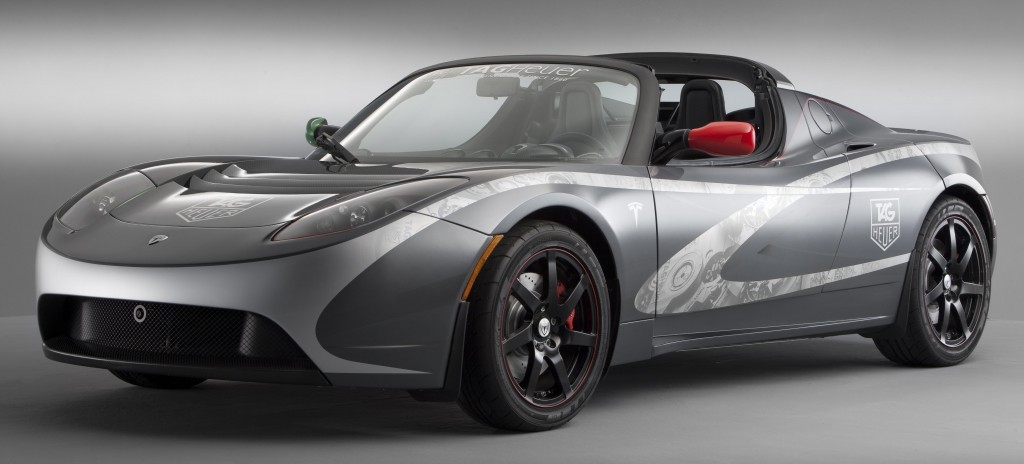Roadblocks slow European electric vehicle take-up – Wood Mackenzie

Electric Vehicles in Europe slow to take market share
High costs, battery lifetime and vehicle range slow growth
With electric vehicle’s accounting for less than one in every 500 cars on European roads today, Wood Mackenzie’s report, Is the European EV market on the verge of a breakthrough? identifies a number of key issues hampering widespread EV take-up.
“For EVs to move from the niche market to the mainstream, battery lifetimes and vehicle range will need to improve. Overall costs also need to come down,” says Iain Mowat, oil demand analyst at Wood Mackenzie.
Costs are a major factor hampering growth in the EV sector. While EVs have become mainstream in Norway, this is due in part to a generous subsidy regime most other European countries cannot afford to match.
“For most models currently on the market, EV range is limited to about 150 kilometres per charge, and there are issues with battery degradation and the cost of replacement batteries to consider,” said Mowat.
Limited subsidies are in place in the UK and France, and the German government has also recently launched a subsidy regime to boost sales.
“Industry consensus is that when battery costs fall closer to $100/KWh – and at present they are between $200-$400/KWh – EVs will be in a position to compete across all conventional internal combustion engine vehicle segments,” said Mowat.
If these subsidies were stripped out, battery costs put AEVs at the high end of the car market, discouraging wider take-up.
“There’s a perception of an EV as being most suited as an urban run-around, but when you look at fuel costs per mile, at present they are more competitive in the luxury market. Costs are more comparable, and the battery can be larger in a luxury car, increasing range. At the higher end of the market, EVs are beginning to provide some serious competition to conventional vehicles,” said Mowat.
“While the Tesla Model S demonstrates that a 300-kilometre range can be combined with a battery lifetime of more than 300,000 kilometres, there is a trade-off between range and affordability. This limits EV market penetration.”
Lengthy battery charging times and limited access to charging points are putting a damper on demand elsewhere in the market, putting the brakes on EVs achieving strong market penetration as a whole.
“We don’t expect EVs to have a major impact in the short- to medium-term. However, we expect there will be a ramp-up in EVs after 2025,” said Mowat.
There are indications that the Tesla Model 3 could act as a catalyst, helping usher AEVs into the mainstream market.
“The Model 3 has made other manufacturers take notice. There’s an element of technology transfer at play, with Tesla bringing expertise to the market that wasn’t there before,” said Mowat.

Ph: 432-978-5096 Website: www.mapleleafmarketinginc.com
Still, hurdles remain. Battery technology is evolving rapidly, placing growing demands on the mining sector. Supply constraints on the raw materials lithium-ion batteries require – lithium, nickel and cobalt – could slow manufacturing capacity.
The lithium required to meet even Wood Mackenzie’s conservative base case outlook, would mean that lithium output would need to double in less than a decade – an unprecedented level of growth for any major mined commodity.
Although it will be challenging at present to produce a competitively-priced EV for the small- and lower-medium vehicle segments of the market, Wood Mackenzie’s research indicates that plug-in hybrid electric vehicles, such as the Mitsubishi Outlander or the Golf GTE, are likely to act as a bridge as a new generation of affordable, reliable, long-range AEVs is developed.








